How to Optimize the Use of Acute Care Medication Carts in Healthcare Facilities
The use of Acute Care Medication Carts in healthcare facilities plays a vital role in ensuring efficient and safe medication delivery to patients. According to a report by the Institute for Safe Medication Practices (ISMP), medication errors account for a significant proportion of adverse events in hospitals, with studies indicating that proper management and optimization of medication storage systems can reduce these errors by up to 30%. Acute care medication carts, when utilized effectively, can improve workflow for healthcare providers and enhance patient outcomes by ensuring that medications are readily accessible and organized.
Furthermore, the American Society of Health-System Pharmacists (ASHP) highlights that optimizing the layout and contents of these carts can streamline medication administration processes, leading to increased staff efficiency and patient satisfaction. Therefore, it is crucial for healthcare facilities to adopt strategies that optimize the use of Acute Care Medication Carts to maximize safety and operational efficacy.
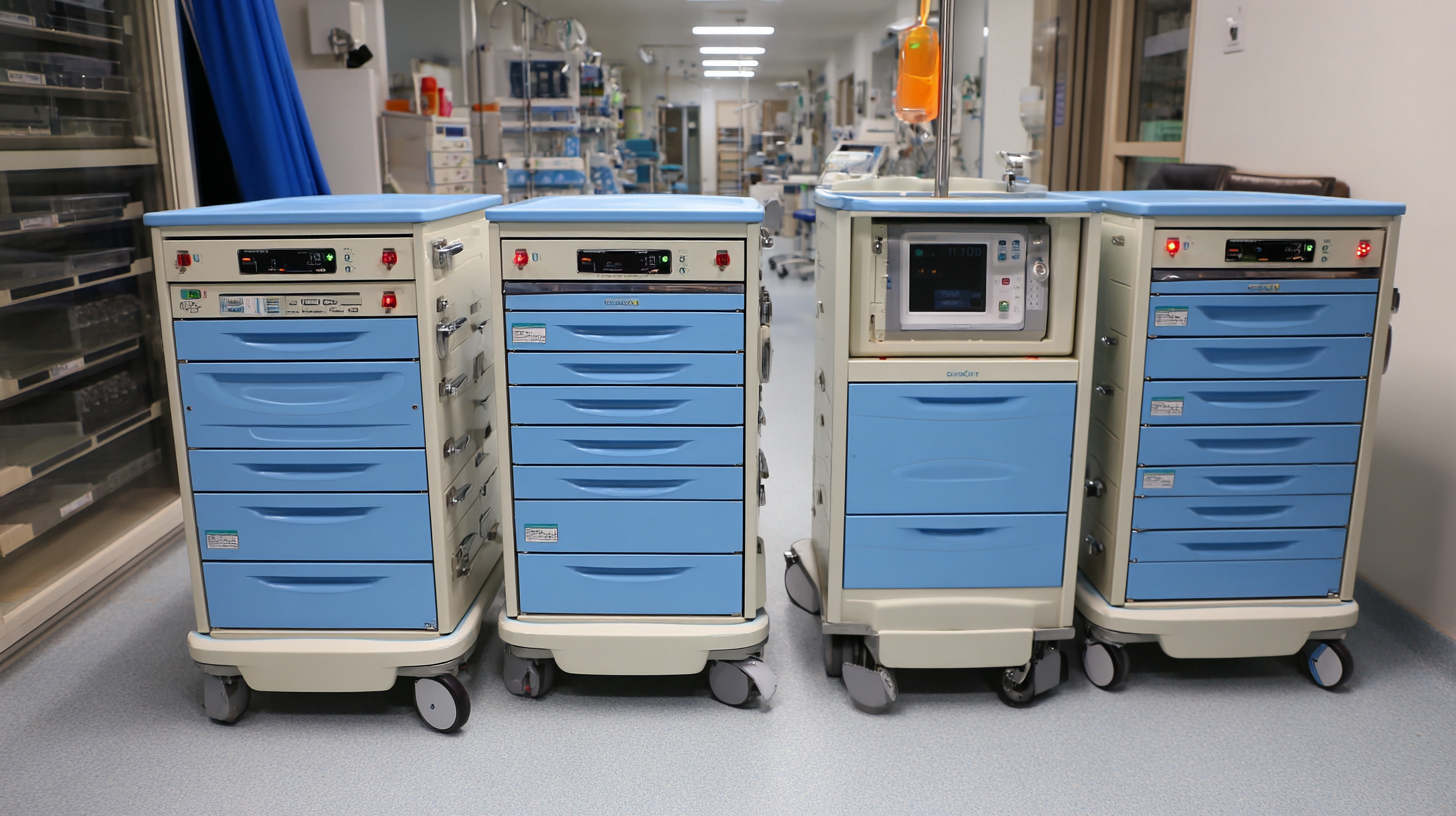
Best Practices for Organizing Acute Care Medication Carts in Healthcare Settings
Organizing acute care medication carts in healthcare settings is crucial for ensuring efficient medication administration and enhancing patient safety. One of the best practices is to categorize medications by their therapeutic class. By grouping similar medications together, healthcare providers can quickly locate what they need during critical moments, reducing the risk of errors. Clearly labeling each section of the cart and utilizing color-coded bins can further streamline this process and make it visually intuitive.
Another effective strategy involves conducting regular inventory checks of the medication carts. Establishing a routine to assess stock levels prevents shortages and ensures that expired medications are removed promptly. Moreover, using technology such as barcode scanning can enhance accuracy during medication dispensing. Training staff on the proper organization and maintenance of these carts will also promote adherence to protocols, leading to improved overall efficiency in patient care.
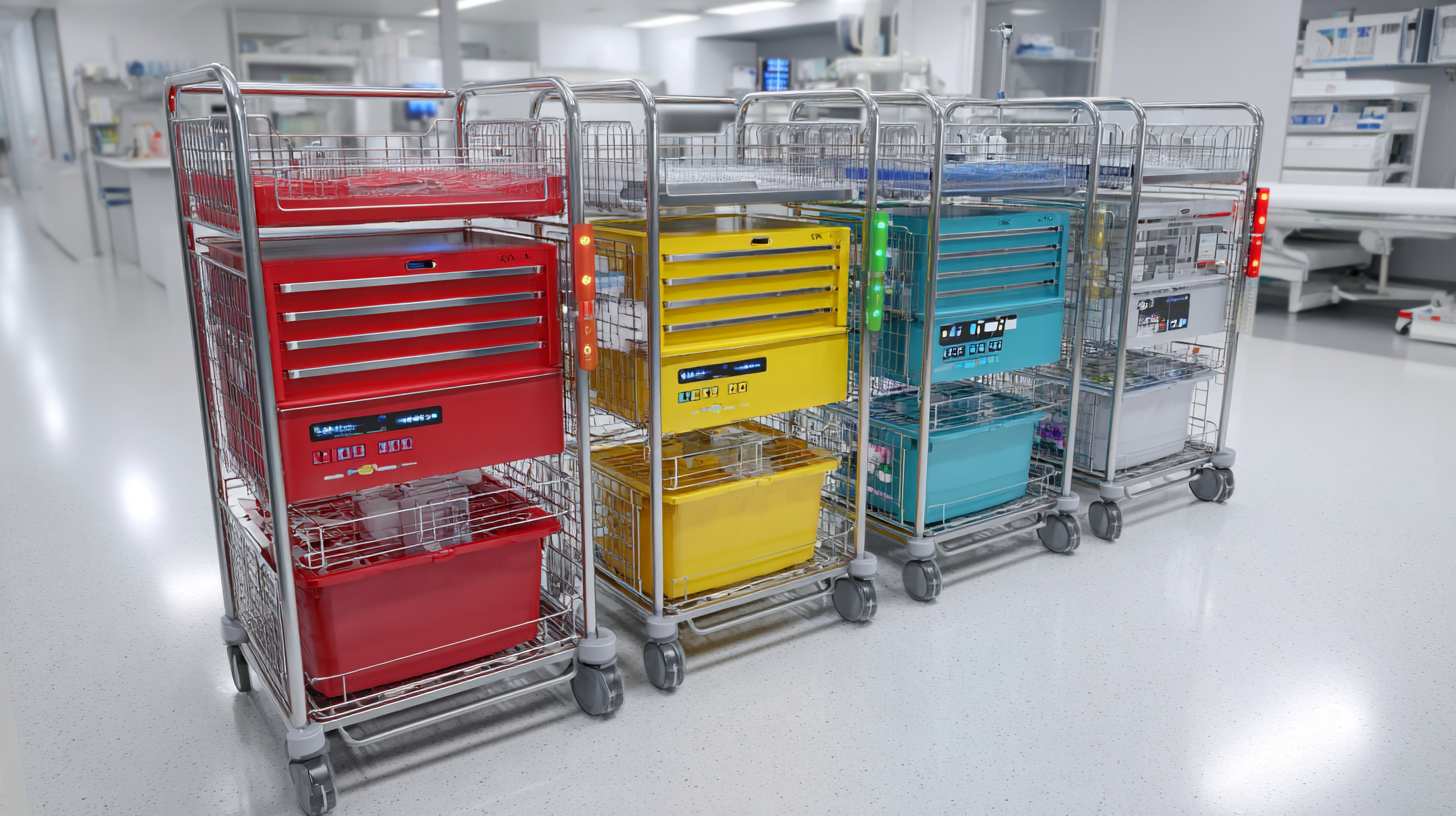
Strategies for Streamlining Medication Accessibility During Emergencies
Emergencies in healthcare settings demand quick access to medications, making the optimization of acute care medication carts essential. Strategies that enhance medication accessibility can significantly reduce response times and improve patient outcomes. According to a report by the American Society of Health-System Pharmacists (ASHP), streamlined medication management systems can improve medication retrieval times by up to 30%, allowing healthcare professionals to administer critical care more efficiently during emergencies.
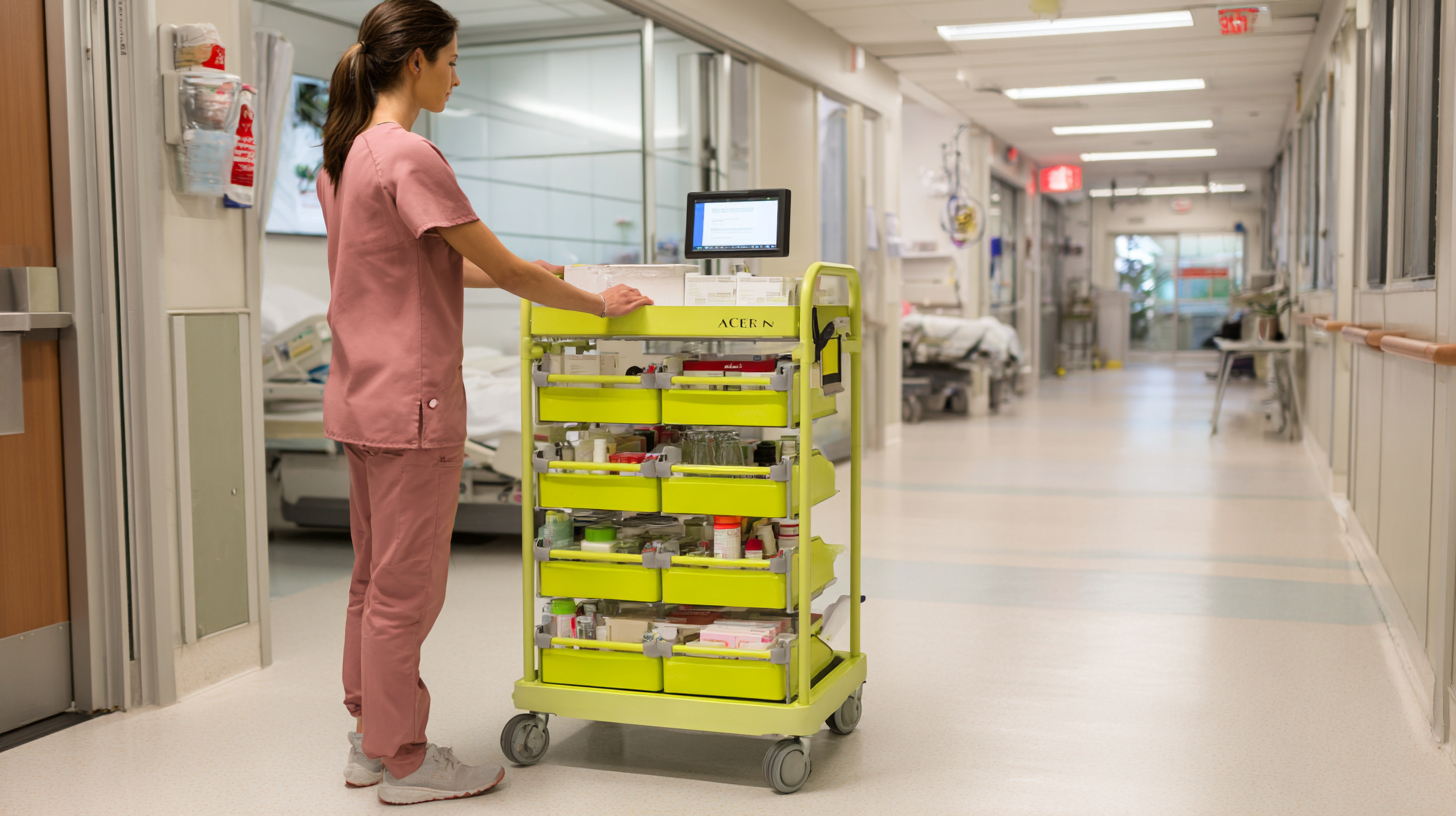
Implementing standardized medication cart designs that incorporate clear labeling and organization can further enhance accessibility. A study published in the Journal of Clinical Pharmacy and Therapeutics found that facilities using color-coded systems reported a 25% decrease in medication errors during urgent situations. Additionally, training staff on the proper use of these medication carts and conducting regular drills can prepare teams to react swiftly when time is of the essence. By combining effective cart organization with comprehensive staff training, healthcare facilities can ensure that their acute care medications are always within reach, ready for immediate use in crisis situations.
Essential Inventory Management Techniques for Acute Care Medication Carts
Effective inventory management techniques are crucial for optimizing the use of acute care medication carts in healthcare facilities. Research by the Institute for Safe Medication Practices highlights that nearly 80% of medication errors occur due to mismanaged inventories and improper access to medications. By employing a systematic approach to inventory management, healthcare facilities can significantly reduce these errors and enhance patient safety.
One essential technique is the implementation of a par level system, which ensures that the medication carts are stocked according to projected needs based on usage data. Studies by the American Journal of Health-System Pharmacy indicate that maintaining an adequate stock of critical medications can improve administration times and reduce shortages. Moreover, utilizing barcode scanning technology can aid in tracking inventory, ensuring that healthcare professionals have real-time access to the medications they require, thereby streamlining the medication delivery process.
Regular audits and updates to the inventory can also play a vital role. According to a report by the National Center for Biotechnology Information, facilities that conduct frequent inventory checks experience a 20% decrease in medication waste due to expired medications. By staying proactive, healthcare facilities can maintain the integrity of their medication management systems and improve overall patient care outcomes.
Optimization of Acute Care Medication Cart Usage
Training Staff on Efficient Use of Medication Carts to Enhance Patient Care
Effective training of healthcare staff on the use of acute care medication carts is essential to enhance patient care in medical facilities. To maximize the efficiency of medication delivery and administration, staff should receive comprehensive training that covers systemized organization of the carts, including understanding which medications are most frequently used and how to quickly access them. Regular workshops and hands-on simulations can help reinforce this knowledge, allowing staff to practice real-life scenarios and minimize errors during medication administration.
Beyond basic organization skills, training should also encompass the importance of maintaining medication cart safety protocols. This includes understanding storage requirements, ensuring medications are within their expiration dates, and having protocols for inventory checks. Encouraging a culture of accountability and continuous learning will empower staff to take ownership of their role in medication management. Furthermore, involving staff in developing these training programs can enhance engagement and help identify specific areas where additional instruction is needed, ultimately leading to improved patient outcomes.
Integrating Technology Solutions to Optimize Medication Cart Functionality
In today's fast-paced healthcare environment, the integration of technology solutions is crucial to optimizing the functionality of acute care medication carts. A report from the American Society of Health-System Pharmacists highlights that effective medication management can reduce medication errors by up to 50%, which is essential for ensuring patient safety in high-stakes settings. By equipping medication carts with advanced technology such as barcode scanning systems and electronic medication administration records (eMAR), healthcare facilities can enhance accuracy and accountability during medication administration.
Additionally, utilizing mobile computing devices integrated within medication carts allows nursing staff to access real-time patient data and medication histories. According to a study published in the Journal of Nursing Care Quality, facilities that adopted such technologies reported a 30% increase in the efficiency of medication distribution processes. These enhancements not only streamline workflows but also empower healthcare professionals to make informed decisions quickly, ultimately leading to improved patient outcomes and satisfaction. Embracing these technology solutions is essential for healthcare facilities looking to maximize the potential of their acute care medication carts.
How to Optimize the Use of Acute Care Medication Carts in Healthcare Facilities - Integrating Technology Solutions to Optimize Medication Cart Functionality
| Dimension | Current State | Technology Solution | Expected Outcome |
|---|---|---|---|
| Medication Availability | Limited stock levels, frequent shortages | Automated inventory management systems | Reduced medication shortages, improved availability |
| User Accessibility | Carts are often locked, delaying access | Smart lock technology with access logs | Faster access to medications, enhanced security |
| Documentation Accuracy | Manual entries prone to errors | Electronic documentation systems | Increased accuracy, reduced medication errors |
| Staff Training | Inconsistent training on cart usage | Interactive training modules and simulations | Enhanced staff knowledge, improved cart efficiency |
| Integration with EHR | Limited integration with electronic health records | Fully integrated medication management systems | Streamlined workflows, improved patient care |
Related Posts
-
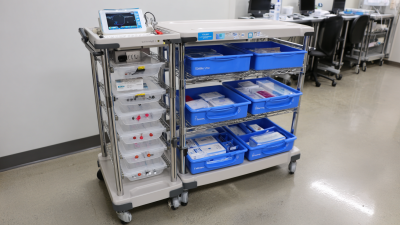
Future Trends in Best Medication Carts Market Analysis 2025 with Key Data and Practical Insights
-
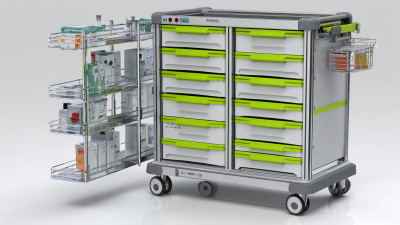
Essential Features Checklist for Choosing a Medical Trolley with Drawers
-

The Ultimate Guide to Choosing the Perfect Stainless Steel Medical Cart for Your Healthcare Facility
-
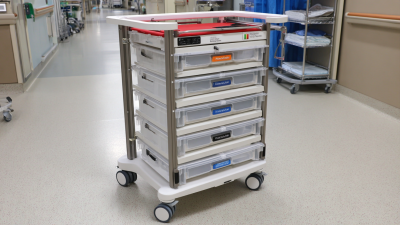
7 Essential Tips to Enhance Efficiency with Medical Carts on Wheels for Healthcare Facilities
-

Solutions for Efficient Storage with Medical Supply Carts
-
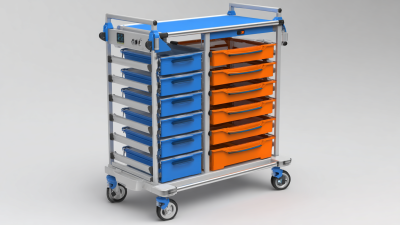
How to Choose the Best Medicine Cart for Your Healthcare Facility Needs
